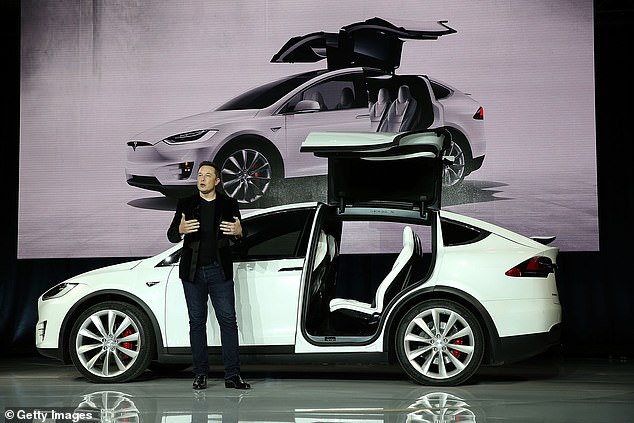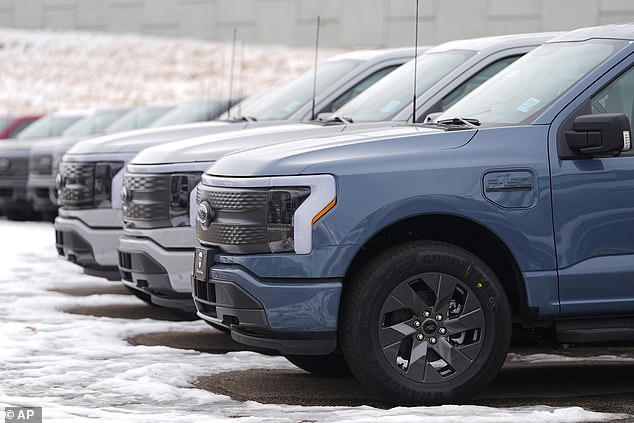Inside Tesla’s lucrative side hustle: Automaker has cashed in almost $9 billion selling EV credits to rivals that fail to meet emissions regulations
- Tesla made $1.79 billion last year from selling regulatory credits, the latest filings show
- That brings total revenues over the past fifteen years to almost $9 billion
- The percentage of revenue it generates through the sale of credits is declining
Tesla made nearly $1.8 billion last year by taking advantage of rival automakers that failed to meet emissions regulations.
Because it produces only electric cars, the company earns a surplus of regulatory credits in the U.S., Europe and China, which it can sell to other automakers that would otherwise be punished for failing to make enough low-emission cars.
Last year, the sale of those credits generated $1.79 billion, according to the American newspaper company registrations published last week. That’s more than in any other year since its inception.
Over the past fifteen years, the company has earned a total of nearly $9 billion in sales credits.
The good news for Tesla investors is that the percentage of revenue generated by the sale of regulated credits is declining

Last year, sales of regulatory credits netted Tesla $1.79 billion, according to company filings
In many regions, automakers are required to produce a certain number of zero-emission vehicles (ZEVs). The number they have to reach depends on the number of non-compliant gas cars they sell in that region.
Because Tesla only makes battery EVs, it accumulates a surplus of credits that it sells at a profit to other automakers that don’t produce enough zero-emission vehicles to stay compliant with regulations.
According to the Pembina Institute, California was one of the first regions to introduce zero-emissions car policies in 1990.
Tesla’s reliance on selling credits to generate revenue is often seen as a flaw in its business model and as a warning sign by investors.
Famed investor Michael Burry, who was featured in the Big Short, claimed in 2021 that he made a $534 million bet that Tesla’s stock price would fall and cited his dependence on regulatory credits.
As other companies produce more and more compliant cars, demand for credits is expected to decline. There is no fixed price for a credit; instead, its value is determined by supply and demand.
The good news for Tesla investors is that their reliance on credit sales appears to be decreasing.
Ten years ago, in 2013, it depended on them for almost 10 percent of its total revenue, old documents show.
But in 2023, their sales made up only about 1.8 percent of the company’s total revenue of $98 billion. That is the smallest percentage in more than ten years.

Ford revealed that it lost an average of almost $50,000 for every electric car it sold last quarter
Last week, Ford revealed that it lost an average of $47,000 for every electric car it sold in the last three months of last year.
However, executives assured investors that electric car sales remained important because it would allow them to sell cars with combustion engines more profitably.
“For every Lightning we sell, we can sell a dozen ICE F-150s or other profitable ICE vehicles,” Chief Financial Officer John Lawley told investors.
Determining how much it can afford to lose on an EV sale is therefore the “mother of all optimization models,” Lawler said.
As long as regions like the EU impose unfeasibly strict emissions rules on major automakers, the sale of regulatory credits will likely remain a lucrative source of revenue for Tesla.
